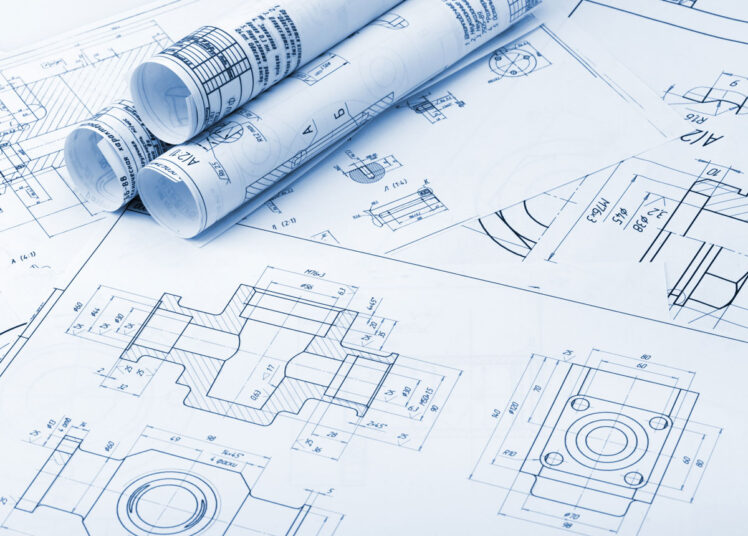Home › Business › Startup
7 Things to Have in Mind When Planning a Plant Relocation
Published on:
Industrial plant relocations are incredibly complex – it’s not a decision company makes on a whim. The process usually involves transporting heavy machinery and sensitive industrial equipment, all while dealing with chemicals, fuels, and lubricants present within the machinery itself.
So, yes, there’s a lot of planning involved when a company decides to relocate their plant – it’s the only way to ensure everything goes as smoothly as possible.
In this article, we’ll provide you with some practical tips on plant relocation to help you move without putting your expensive equipment at risk from accidental damage.
Without any further ado, let’s get right to the bottom of it.

Contents
- 1. Plan how you’ll position your assets when you get to a new location
- 2. Conduct maintenance and checkups before you relocate your plant
- 3. Have a detailed checklist of your inventory
- 4. Take precautions with hazardous materials and substances used in your operations
- 5. Find a reliable industrial contractor
- 6. Set a timeline
- 7. Have a reasonable budget
1. Plan how you’ll position your assets when you get to a new location
When it comes to plant relocations, planning in advance is key to success. Don’t go into it with a „we’ll deal with it when we get there“ attitude – it could lead to many issues that would slow down your operations in a major way. Inspect the new location before you start shipping your equipment, and do it as carefully as possible. Once you’ve examined the space, you can proceed to create a map of where' you’ll be placing your assets.
All of this will be extremely helpful later on, so put some thought into it as early as you can. The more detailed your plan is, the quicker you’ll be done with the relocation process. Besides, repositioning the equipment multiple times after you’ve already relocated can be extremely expensive and stressful – it’s better to do it as you’re relocating.
2. Conduct maintenance and checkups before you relocate your plant
Industrial equipment is usually quite sensitive and extremely expensive. If you’re moving it to another state or continent, you don’t want it to break or suffer through malfunctions on its way to the new location.
It’s why we recommend that you conduct regular maintenance and checkups before your equipment is packed and shipped. In this way, if the machinery suffers from any kind of damage, you’ll have proof it happened during the shipment.

3. Have a detailed checklist of your inventory
Plant relocations are quite chaotic – there are just too many things you’ll need to think about. It’s why it often happens that some crucial items end up being forgotten about. To prevent this from happening, we advise you to make a detailed checklist of your inventory. Double-check every single one of your assets to ensure you don’t forget to ship something to your new location – going back for it could cost you hundreds of dollars later on.
Now, of course, make sure every one of your company’s departments is involved in the process. If you’re dealing with a large plant, the only people who can guarantee everything has been accounted for are the same people who use the equipment every day – your employees.
4. Take precautions with hazardous materials and substances used in your operations
If you’re dealing with hazardous chemicals at your plant, make sure you involve an industry expert who can help you deal with the transportation of the equipment in question. Again, the necessary precautions should be respected to avoid a potential disaster. This means that the shipping company you hire needs to have relevant experience and training in hazmat shipping – the transportation of potentially hazardous or dangerous goods.
Either way, make sure you’re open with the shipping experts about the type of materials they’ll be handling. Most companies have strict lists of the goods they’re training to handle, so don’t, in any circumstances, withhold any information from them.

5. Find a reliable industrial contractor
Finding reliable industrial contractors and transportation experts should be your primary concern. You don’t want to leave your precious equipment in incapable hands. It could lead to irreversible damages and potential accidents regarding your machinery.
Pick companies who have the experience, skills, and knowledge to relocate your equipment as quickly and smoothly as possible. Make sure you do your research and leave nothing to chance. Read up on their reviews and ratings, and don’t hesitate to ask any questions you might have about their company to assess their trustworthiness.
6. Set a timeline
Once you’ve found reliable partners to make your move, it’s time to determine a timeline for the relocation process. Knowing when and how things will take place is of the utmost importance. It allows you to set deadlines and continue your operations as soon as possible. If you’re not sure when you’ll be able to go back to business, you’ll have a hard time settling with your partners and clients.
Either way, setting a timeline for your plant relocation should be done as early in the process as possible. Without it, you’d be stumbling in the dark about your future plans, which is something that’s always better avoided.

7. Have a reasonable budget
Plant relocations are expensive – there’s no way of denying that. We advise you to assess your moving budget way before you start preparing for the relocation itself. If you’re doing it, you have to do it the proper way, which will require money.
If you’re unsure if you’ll be able to finance your relocation at the current moment, it’s better not to do it at all. Think about it this way – if anything were to go badly, you’d be at risk of losing most of your equipment, which would leave you in a worse spot than before. So, don’t risk it and take all the necessary precautions to get your equipment transported safely, no matter how expensive it may be.
The bottom line
All in all, planning a plant relocation can be a daunting task, especially if it’s your first time doing it. Here, we’ve provided you with some advice on how to best handle the move and avoid potential disaster.
We hope you’ve found it to be useful, and we wish you the best of luck in all of your future endeavors.
Share With Your Friends
